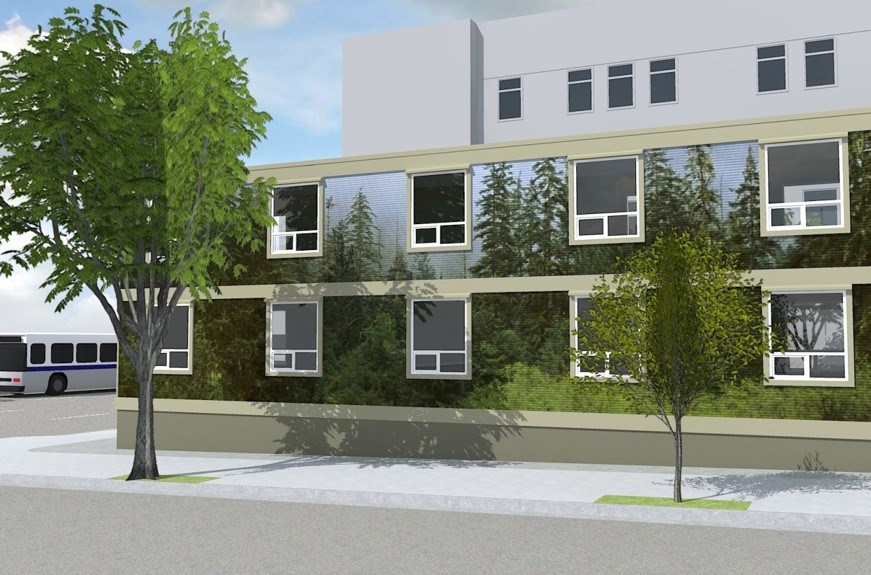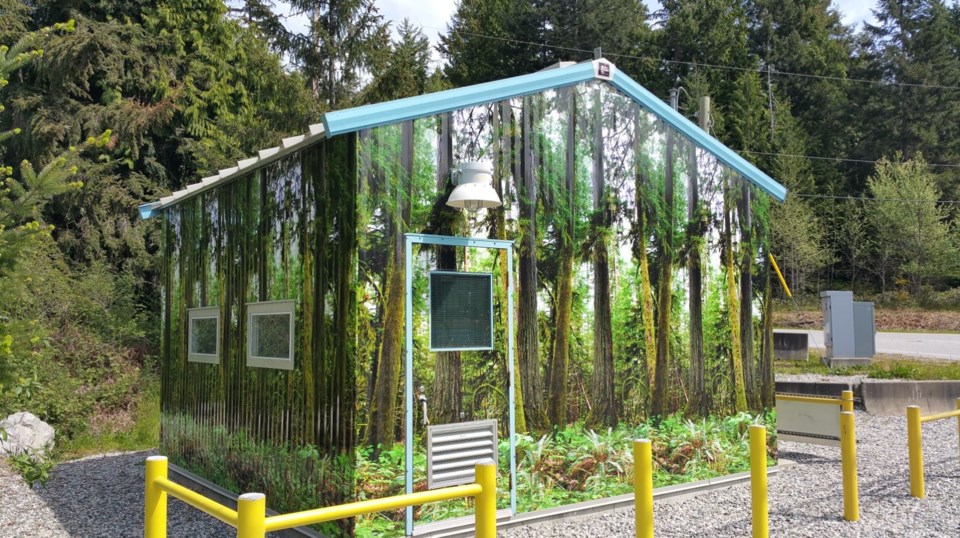“It's irresponsible for a mainstream media outlet to publish a headline advocating persecution of some of the most vulnerable members of society.”
This was just one of the many comments on the Courier website following expressing concern regarding the number of presumably homeless people camping out on the streets near Granville and Georgia.
On Twitter, wanted to know if I would “lobby for more services for the homeless, (including addiction treatment, employment programs, and prevention initiatives such as KidCare Canada), or continue to bemoan the aesthetics of homelessness.”
However, many shared my concerns, including readers troubled about the worsening conditions in the Downtown Eastside and the new plaza in front of the �鶹��ýӳ��Art Gallery becoming a defacto bedroom for homeless people.
Many asked where I thought the homeless should go. While any place would be preferable to camping on the sidewalks outside Pacific Centre or the corner of Georgia and Burrard, here are some additional solutions.
Shelters are one option. While many are well run, albeit at considerable cost, homeless people often report they do not want to stay in shelters because they feel unsafe, and possessions are often stolen. Others complain they do not offer an address when seeking employment.
Surely two obvious solutions are to provide lockers where people can lock up their possessions and allow those seeking employment to use the shelter’s address for mail.
Both the province and City of �鶹��ýӳ��about the many people who have been quickly housed in temporary modular units. However, these projects can be relatively expensive, in terms of capital costs.
But they need not be. Ten years ago, when NSDA Architects and I prepared the relocatable modular housing study for BC Housing, which ultimately led to the program underway, we proposed much more modest housing layouts, like those found in workcamps.
Three design options were put forth. Trailers containing eight sleeping rooms approximately 120 sq. ft. with shared bathrooms, and similarly-sized sleeping rooms with small, private bathrooms. A third option offered even smaller sleeping units with communal bathrooms. In all cases, communal living spaces would be provided. At the time, the units were estimated to cost less than $50,000 each.

When we first announced this concept to housing activists in the Downtown Eastside, they vehemently objected to it for various reasons, including a fear the projects would be ugly. However, when we presented detailed plans, with creative exterior designs, they opposed the concept since they thought the units would be too attractive and therefore not temporary. This would give governments an excuse to delay building permanent buildings with larger self-contained units, something they were seeking.
Given today’s collective desire to house more homeless people in modular housing, I would recommend that BC Housing and the city now consider building much smaller, less expensive units, like those recommended in our report.
I am not alone in suggesting smaller units could be suitable. At the University of British Columbia, student housing planners have developed innovative They measure 140 sq. ft. and contain a pull-down bed/desk, kitchenette with mini fridge and bathroom with stand-up shower.
Elsewhere in Canada, and across the U.S., cities are setting up “tiny house villages” for the homeless, comprising small, colourful structures 8 feet by 12 feet, with separate shared bathroom facilities.
By offering smaller sleeping rooms, with and without private bathrooms, governments could house many people for a similar amount of money.
Meanwhile, today’s relocatable modular designs should be used to provide affordable housing for a broader range of households. Currently, I am working with a Marpole apartment building owner to explore the feasibility of adding three or more levels of modular units above his rear yard surface parking.
While we often hear �鶹��ýӳ��is running out of land, I would argue we are not making the best use of the land we already have. With ingenuity, we can build accommodation for the homeless and others seeking affordable homes. Today’s modular housing projects are just the start.



